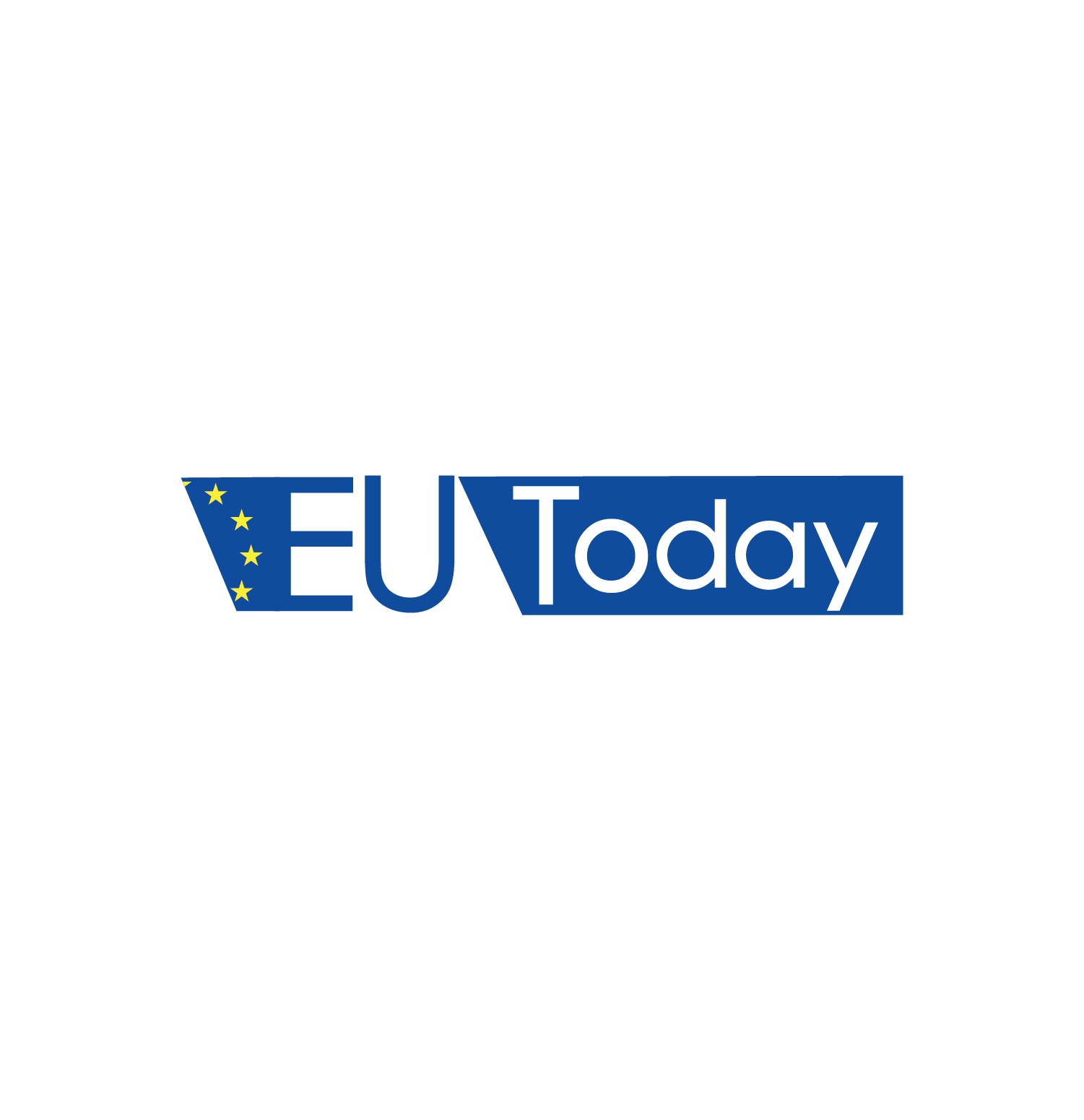A proposal put forth by the United States to utilize the interest accrued from $300 billion in frozen Russian assets to support Ukraine is garnering widespread attention and could potentially find broad support among concerned nations.
The initiative comes as an alternative to the outright seizure of the assets, a move that has faced resistance from European partners.
According to U.S. Treasury Secretary Janet Yellen, the proposal involves redirecting the interest earned from these frozen assets, estimated to be around $5 billion annually, to aid Ukraine.
Yellen commended the European Union for its proactive step in segregating the proceeds from assets held by Euroclear, a Brussels-based financial services company, and transferring them to Ukraine.
She further suggested that future interest could be leveraged to bolster the funds available for Ukraine, potentially through mechanisms such as loans.
The proposal, spearheaded by Deputy National Security Adviser Daleep Singh, has gained traction among G7 nations, with officials indicating increasing momentum behind the idea.
Despite the U.S.’s belief in the justifiability of outright asset seizure under international law, alternative approaches are being explored to garner support from G7 partners.
Euroclear, having largely converted Russian assets into cash, presents an opportunity to tap into the substantial interest generated.
However, discussions within the G7 reveal ongoing debates over certain deductions, including Belgium’s tax rate, fees imposed by Euroclear, and provisions for potential litigation.
These considerations could impact the final amount available for Ukraine, with estimates suggesting a range between $2.5 billion to $3.0 billion in windfall profits.
Finance ministers from G7 nations are scheduled to reconvene in late May to further deliberate on the proposal, with the aim of presenting a consensus plan ahead of the June summit.
The urgency to establish international consensus underscores the pressing need to address Ukraine’s financial requirements, particularly in light of looming funding gaps in 2025 and 2026.
While the U.S. emphasises the importance of immediate support for Ukraine, the proposal aligns with the interests of European counterparts by focusing solely on the anticipated interest income rather than the assets themselves. This approach mitigates concerns of direct seizure and minimises the risk of disruption to financial markets.
Brad Setser, a senior fellow at the Council on Foreign Relations, views the proposal as a pragmatic and low-risk strategy that could pave the way for an agreement in June.
With ongoing commitments to keep Russian assets frozen until certain conditions are met, including the withdrawal of Russian forces from Ukraine and reparations for damages incurred, the proposed income stream could provide a sustained source of support for Ukraine in the foreseeable future.
As discussions continue within the G7, the proposal represents a collaborative effort to address the complex challenges facing Ukraine while navigating diplomatic sensitivities and legal considerations surrounding frozen assets.
Click here for more News & Current Affairs at EU Today
_________________________________________________________________________________________________________

Follow EU Today on social media:
Twitter: @EU_today
Facebook: https://www.facebook.com/EUtoday.net/
https://www.facebook.com/groups/968799359934046
YouTube: https://www.youtube.com/@eutoday1049




